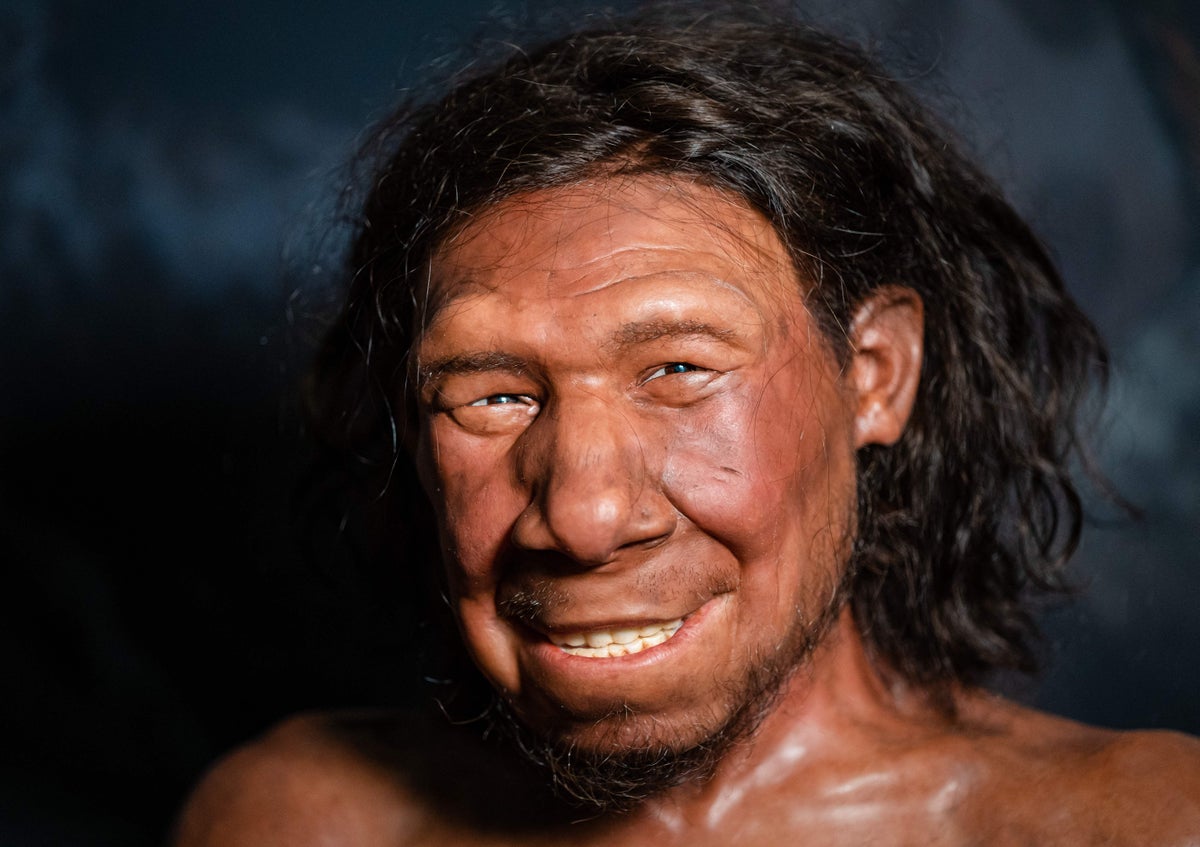
Swedish geneticist Svante Pääbo has been awarded the 2022 Nobel Prize in Physiology or Medicine for his discoveries helping crack the genome of extinct human ancestors.
The Nobel Assembly at Karolinska Institutet said on Monday that Dr Pääbo’s pioneering research achieved the “seemingly impossible”, helping crack the genomes of extinct hominins, including Neanderthals, and thereby shedding light on human evolution.
Dr Pääbo’s body of work spanning decades has given rise to an entirely new scientific discipline called paleogenomics.
This field of research has unraveled the genetic differences distinguishing modern-day humans from extinct hominins, shedding more light on what makes us uniquely human.
The Swedish scientist was also behind the discovery of a previously unknown extinct hominin species Denisova.
His work helped establish that gene transfer had occurred from these now extinct species to Homo sapiens following the migration out of Africa.
“This ancient flow of genes to present-day humans has physiological relevance today, for example affecting how our immune system reacts to infections,” the Nobel Assembly said in a statement.
Studies have shown that groups of Homo sapiens migrated from Africa to the Middle East about 70,000 years ago, and then they spread to the rest of the world from there.
Research has also revealed that Homo sapiens and Neanderthals coexisted in many parts of Eurasia for tens of thousands of years.
To understand what relationship humans had with the extinct human ancestor, scientists sought to understand the genetic relationship between different human populations, but it was considered “seemingly impossible” to crack the genome of Neanderthals.
This was because over the thousands of years since they became extinct, only trace amounts of their DNA are left, and any remaining DNA was massively contaminated with those of bacteria and modern-day humans.
Over several decades, Dr Pääbo developed methods to study DNA from Neanderthals.
Beginning in 1990, Dr Pääbo managed to sequence a region of DNA from the mitochondria sampled from a 40,000-year-old piece of Neanderthal bone – helping conclude that the species was genetically distinct.
Then in 2010, working with new techniques, the Swedish geneticist published the first Neanderthal genome sequence, which helped estimate that the most recent common ancestor of Neanderthals and modern humans lived around 800,000 years ago.
His research also showed that DNA sequences from Neanderthals were more similar to those from contemporary humans from Europe or Asia than to modern-day humans from Africa, suggesting that Neanderthals and Homo sapiens interbred during their thousands of years of coexistence.
Dr Pääbo’s body of work has shed light on gene sequences humans have inherited from our extinct relatives that influence our physiology.
Citing an example, the Nobel Assembly noted that a version of the gene EPAS1 in Denisovans confers an advantage for survival at high altitudes, and is common among present-day Tibetans.
Some genes discovered in Neanderthals whose versions are also in modern-day humans affect our immune response to different types of infections, scientists say.







